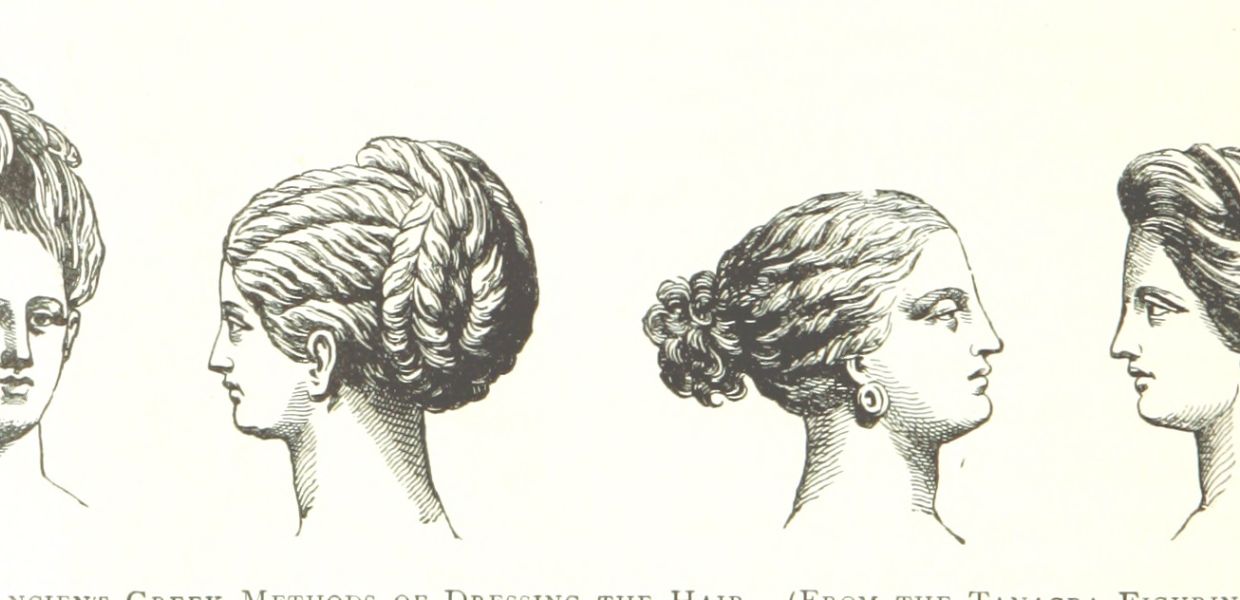Digital Musicology #2: Modelling Musical Style
Guest Blog Post by Peter van Kranenburg, Meertens Institute, Amsterdam

Digitisation of sources is beneficial for Musicology for several reasons. First of all, it increases the accessibility of historical sources in an unprecedented way. Where before one needed to travel to a library, church, monastery, or private person to examine a certain manuscript, nowadays this can more and more be done online from a distance. Next to this, there is another reason, on which I want to focus in this blog, namely the digital availability of huge amounts of sources enables large scale modelling of aspects of music. Currently, there are some impediments to pursue this goal, which I want to point out in this blog.
I would like to start with the definition of musical style that musicologist Leonard B. Meyer provides at the very beginning of his book Style and Music: “Style is a replication of patterning, whether in human behavior or in the artifacts produced by human behavior, that results from a series of choices made within some set of constraints.” In the following of his book, Meyer discusses various aspects of this definitions and applies it to nineteenth-century Romantic music, demonstrating that the egalitarian ideology of the Romantic period is reflected in ‘patterns’ that occur in composed music of that age.
Key concepts of Meyer’s definition are pattern, replication, choices and constraints. The act of composing involves a human who choses which notes to write. Meyer discerns three levels at which these choices are constrained: Laws (1), which are universal - one cannot, for example, ask a piccolo to play a contra G; Rules (2), which are intra-cultural - it is in the rules that music from the Renaissance differs from music from the Baroque; and Strategies (3), which are constraints to which the composer subjects himself (consciously or unconsciously) within the rules of a certain culturally established style.
The reason that I present this definition is that it allows for a quantitative approach. According to Meyer, style is a replication of patterning. If we would be able to define such a pattern in an explicit and precise way, we could implement pattern-detectors that automatically would find all occurrences of a pattern in a large body of music. This involves a challenging modelling question: how to explicitly define a pattern such that all its occurrences (which inevitably show certain variation) are covered by the definition, while the definition does not cover musical fragments that are not instances of the pattern at hand? This kind of modelling has not fully been developed in musicology, yet. Therefore, I would encourage to collaboratively work on this.
Suppose we do have high quality models and detectors for musical patterns, we next need access to the ‘large body’ of digitised music. Of importance is the level at which music sources are made available. Often, it are the scanned images of the pages that are provided. There is however no way to access the musical contents of those pages other than by visual inspection by the human investigator on a computer monitor. A major step forward would be to systematically provide the musical and textual contents of those pages in a standardised and structured way, as well. One example of a project that partially addresses this aim is the C.M.M.E. project.[1]
This project offers digital editions of early music, which makes the scores accessible at note-level including variants as found in different sources. Another example is The Josquin Research Project at Stanford University.[2]
Having compositions digitally available, a gigantic network of composers and compositions could then be made showing various kinds of interrelations. It would then be possible to trace the development of musical style with a much higher precision than has been done before. For example, the transition of modal to tonal thinking in the sixteenth and seventeenth centuries could be reconstructed in a very detailed way. One could even think of constructing several parallel ‘histories’ of musical style by focussing on different aspects of music. This would challenge the current periodisation of music history, but it might also enrich it with an unprecedented level of detail.
From a music researcher’s perspective, the availability and accessibility of the data are - although laborious and expensive - the more straightforward part of this endeavour. I’m not the first one conveying this vision. Steps have already been set on this path, and maybe some already have given up because there certainly are serious hurdles to be taken: standardisation is a challenge, maybe impossible, political and institutional cooperation is not always evident, funding might be problematic, optical music recognition is not ‘solved’ yet, etc. But, if we set out to devise methods to model computationally the historical development of musical style, we enter the real unchartered land. Explicit models of what musical style is and how musical style develops, are still too limited to have explanatory power for a large body of music. This, I would say, is a major challenge for historical musicology.
To conclude, I would like to add a further step to this yet-to-realise future vision. If we also would have contextual data digitally available in a standardised and structured way, we could involve ‘extra-musical’ information in the modelling to explain aspects of development of musical style. For example, the full historical network of composers and musicians and their relations would add much. But also the inclusion of historical political, economic, and ideological contexts would enable richer models of the development of musical style.
Digital accessibility of the contents of historical sources at such a large scale and at such level of detail involves collaborations between libraries, cultural heritage institutes, museums, and universities. It for sure fits the objectives of Europeana very well. I therefore suggest this vision as one point at the horizon to head towards.
